Mid-October is usually the time here in Northern California to harvest two of my favorite backyard crops: popcorn and persimmons.
Popcorn is usually ready for the next stage of processing when the entire stalk has browned. Check out this previous post about growing and harvesting popcorn.
And if you are asking yourself, “Why go to all the trouble of growing popcorn when it’s available readily, and somewhat inexpensively, at the grocery store, either unpopped or popped?”
My reply:
I THOUGHT YOU WERE A GARDENER! AREN’T YOU THE LEAST BIT CURIOUS ABOUT WHAT HOMEGROWN POPCORN TASTES LIKE?!?
(Popcorn - especially the heirloom varieties available in several seed catalogs - tastes better and has more complex flavors and crunchiness.) Oh, and because it’s fresher than packaged varieties, it’s more nutritious.
Fuyu persimmons are the treat that keeps on giving. Fresh from the tree, this popular, firm, non-astringent variety (it’s sweet, not pucker-inducing, like an unripened Hachiya variety), is great as a snack or a colorful ingredient in a salad. Dehydrated and stored correctly, sliced persimmons are a non-guilty munchable throughout the fall and winter.
Fuyu persimmons are ready for picking when they’ve colored up to a solid orange hue. Because it is such a firm fruit, it is difficult to judge ripeness based on whether the fruit has any “give” or not. Take a bite. If it’s not ready, leave it out on the kitchen counter to more fully ripen.
But I didn’t come here today to deliver harvesting tips for popcorn and persimmons.
What I came here for was to do battle.
Keeping a sharp eye on the developing popcorn and persimmon harvest this year, it looked like someone has already been “working” these delicious edibles:
===============================
Grrrr….ROOF RATS!
Fortunately, both popcorn and persimmons can be harvested before their peak readiness, and allowed to ripen further on the kitchen counter out of direct sun or to ripen in a dry, cool place until they are ready.
Also fortunately (for me), as I began harvesting the persimmons after spotting a dozen or so that were either chewed on or totally missing (the rats kindly left the calyx, which is the thickened leaf - technically, sepals - directly on the top of the blossom end of each fruit), a rat jumped out of the tree and attempted to scurry off, only to be caught by THE BEST DOG IN THE WORLD, Salty.
Fortunately, Salty didn’t devour or bite too deeply into this diseased-laced vermin, but delivered the roof rat to me intact, albeit dead. The sole of my shoe guaranteed the end result. Good dog!
The University of California Ag and Natural Resources has lots of good information about roof rats, along with control techniques. In the podcast attached to this newsletter, UC Farm Advisor (retired) Rachael Long delves into the problem of roof rats in fruit and nut orchards, and what is being done agriculturally to control roof rats. Below is a summary of tips for homeowners on controlling roof rats and other rat species. For the complete UCANR Pest Note (#74106), click here.
Rats are among the most troublesome and damaging rodents in residential areas. Rats damage garden crops and tree fruit and may infest buildings where they can contaminate food and transmit diseases to humans and pets. Manage rats by removing food and shelter, reducing entryways into buildings, and trapping.
Signs of a rat infestation:
Rat droppings in or near food preparation areas, storage areas, or around pet food containers
Gnaw marks on fruit or nuts in your yard
Rat nests behind boxes, in garage drawers, or in woodpiles
Burrows beneath garbage cans and compost piles or among garden plants
Rats traveling along utility lines or on fence tops at dusk
Is it a Norway rat or a roof rat?
The stocky Norway rat builds burrows along building foundations, beneath rubbish, or in woodpiles. Indoors they tend to remain in basements or on the ground floor.
Roof rats are great climbers with a tail longer than their head and body. They usually live and nest above ground in shrubs, trees, or dense vegetation. Indoors they favor attic spaces, walls, false ceilings, and cabinets.
Get rid of rats by limiting access and removing food, water, and shelter.
Seal cracks and openings larger than 1/4 inch with steel wool, wire screen, or sheet metal. Rats can chew through plastic, foam, wood, and caulk.
Make sure doors, windows, and screens fit tightly. Install door sweeps or weather stripping to seal any gaps.
Feed pets only the amount of food they will eat at a single feeding or bring food inside at night.
Keep food, garbage, and garden debris in containers with tight-fitting lids.
Thin dense plantings and create at least a 2-foot space between each shrub as well as between shrubs and buildings.
Remove climbing plants from buildings and prune tree limbs that are within 3 feet of a roof.
Remove rats from the home by trapping.
Snap traps are the safest, most effective, and most economical way to trap rats.
For Norway rats, place traps close to walls, behind objects, in dark corners, and in places where you have found rat droppings.
For roof rats, place traps in off-the-ground locations such as ledges, shelves, branches, fences, pipes, or overhead beams.
Ensure traps are out of reach of children and pets.
What about pesticides?
Toxic baits to control rodents are formulated with an attractant (generally food) and a rodenticide (toxin). Tamper-proof, ready-to-use, bait stations are available.
All rodenticides are toxic to nontarget species, pets, and humans. Read and follow the label carefully and always keep them away from children and pets.
Minimize entry points to buildings before baiting outside to prevent poisoned rats from coming inside to die.
Thanks for reading Beyond Basics: The Garden Basics with Farmer Fred Newsletter! Subscribe for free to receive new posts and support my work.
Thank you for also listening to the Garden Basics with Farmer Fred podcast! It’s available wherever you get your podcasts. Please share it with your garden friends.
Fred Hoffman is also a University of California Cooperative Extension Master Gardener in Sacramento County. And he likes to ride his bike(s)

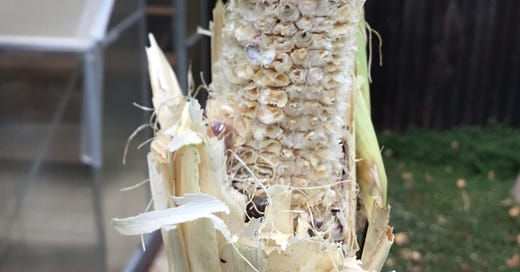
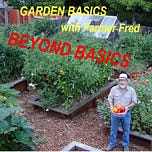


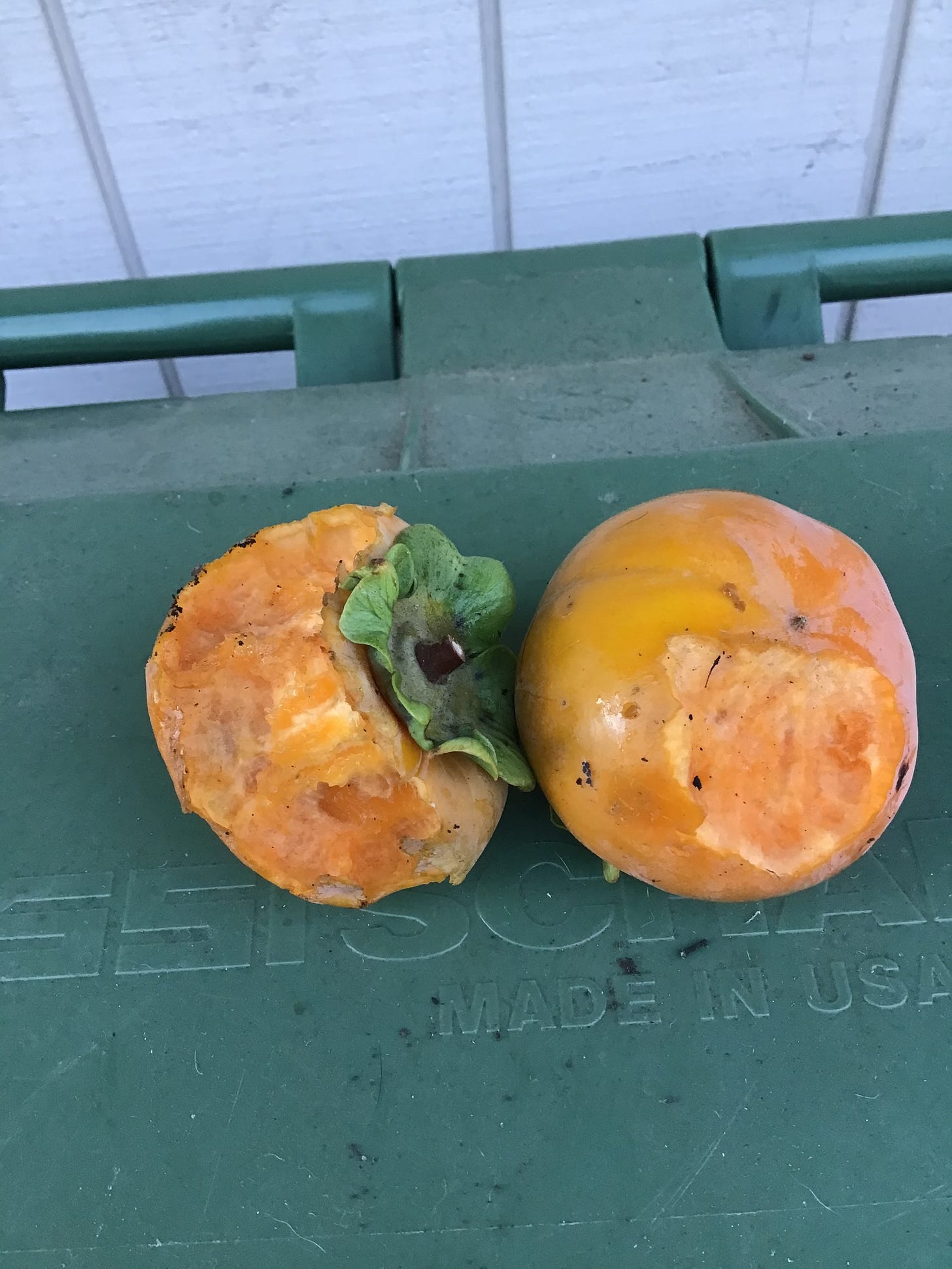

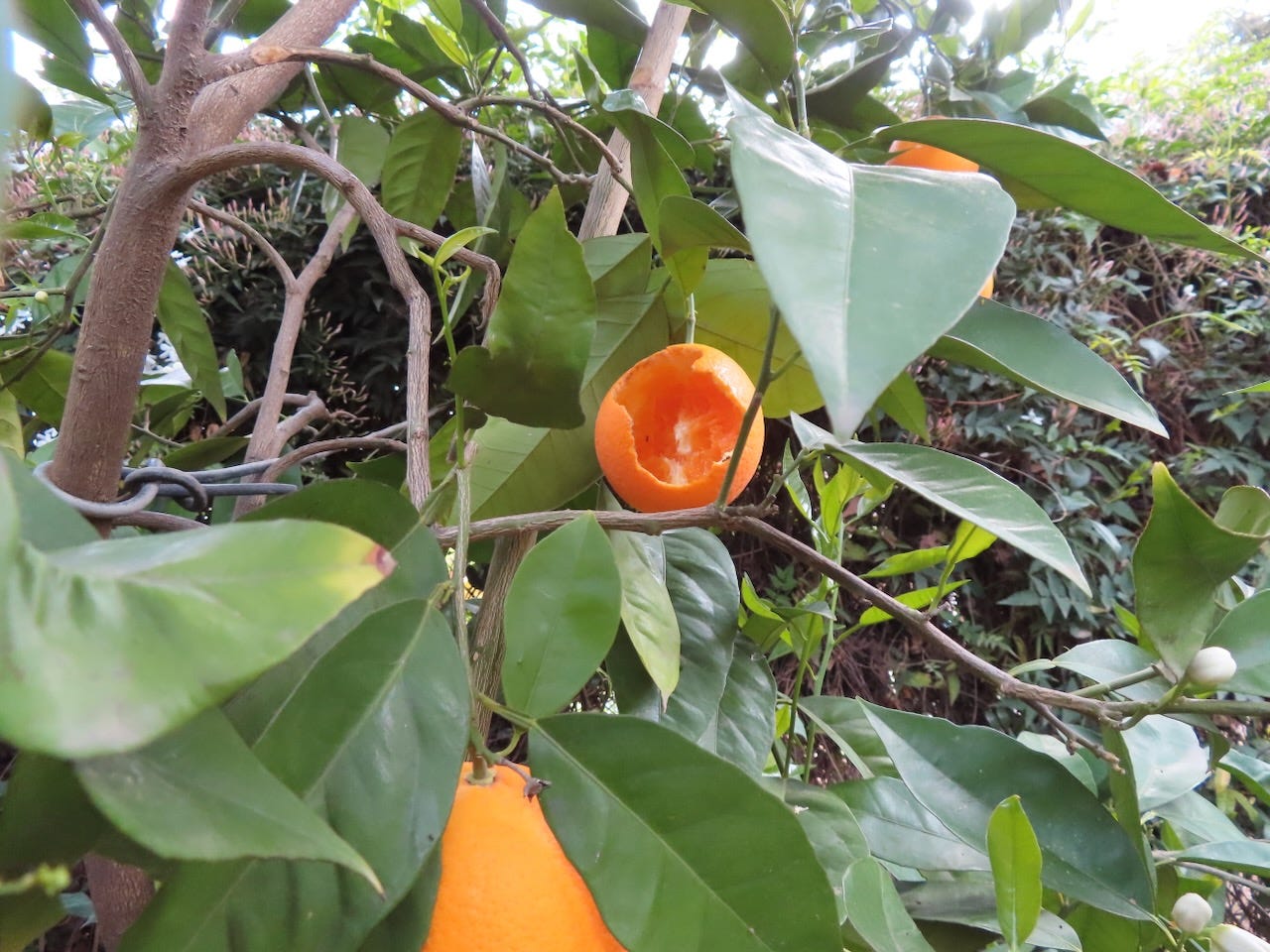

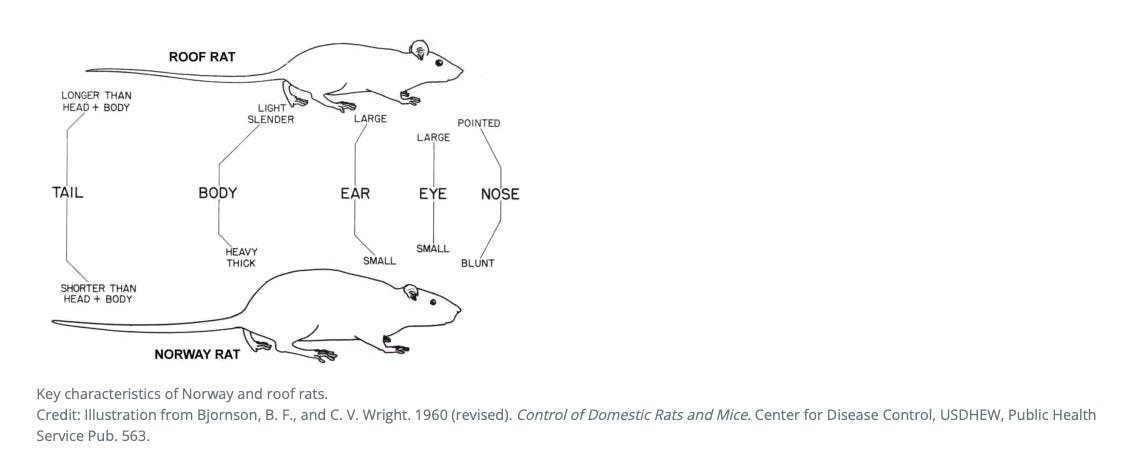


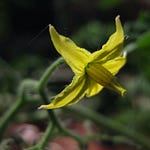
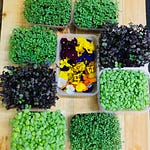


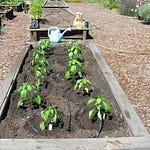
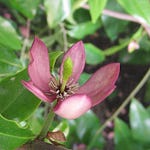

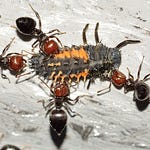
Share this post